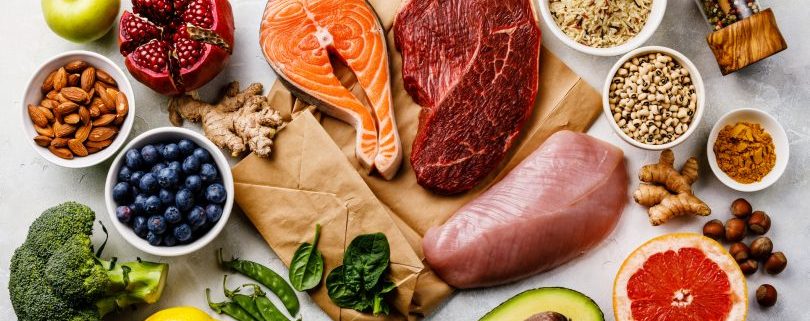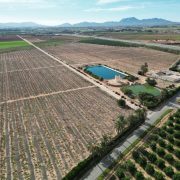Cheaper food and more production in 10 years, according to the OECD and FAO
Most staple foods will be cheaper in the next ten years, while agricultural production will increase by 15%, according to a report by the OECD and FAO.
The Organization for Economic Cooperation and Development (OECD) and the UN Food and Agriculture Organization (FAO) explained that these prices will decrease between 1 and 2% per year, something positive for millions of consumers but that can pose a problem for certain farmers.
Agricultural production will grow 15% in this period and will be located mainly in developing and emerging countries, according to the study, which explains the increase mainly due to higher yields and intensification, while no major changes in the use are expected. from the earth.
This will face a similar increase in demand, marked by the population boom in sub-Saharan Africa, higher consumer incomes in emerging economies and greater awareness of health and the environment in advanced countries.
More aquaculture
According to the agricultural perspectives for 2019-2028, the increase in livestock production is expected, accompanied by a greater use of feed and more efficiency, and that of aquaculture, which will represent 55% of fishing production by 2028.
FAO and OECD warned that the possibility of a global economic slowdown and other events such as trade tensions between China and the United States or the spread of pests such as African swine fever add to uncertainty in commodity markets. Factors to be taken into account account
Exchanges in that sector have been supported by lower tariffs, production incentives and China’s strong economic growth, but in the next decade it is expected to grow at a slower pace.
Trade will continue to be important for the living conditions of exporting regions such as Latin America and the Caribbean, which will increase their global quota among the main suppliers, as well as for the countries that depend on their import to ensure food security, for example, in the East Medium.
Greenhouse emissions directly from agriculture, which represent 11% of the total, will continue to grow 0.5% per year over the next ten years.















